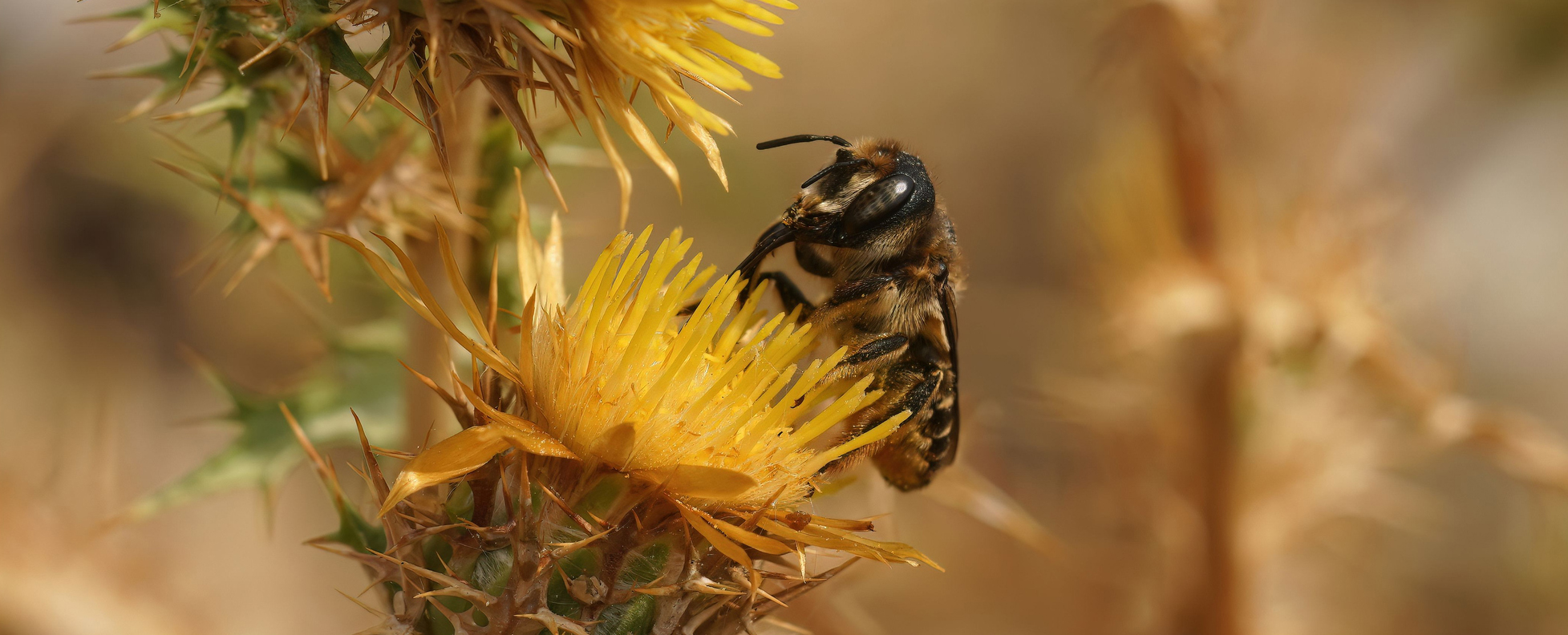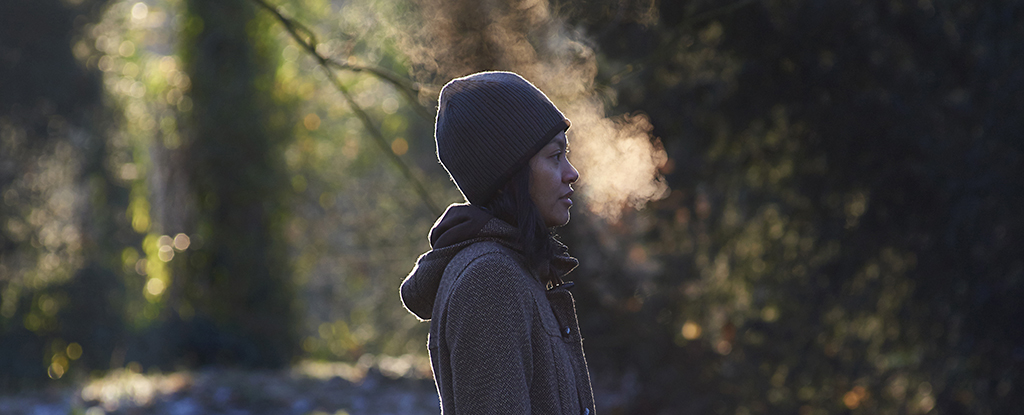Flowering is triggered by environmental cues, like changes in temperature and increases in nutrients and water – this is why we think of spring blossoms bursting through melting snow, and why it’s even called ‘spring’ in the first place.
In Doñana National Park at the southwestern extreme of Spain, those ideal flowering conditions are arriving a few weeks earlier these days. Thanks to an increase in average temperatures of just a single degree Celsius (or around 1.8 °F) and minimums 2 °C higher than usual, the park’s flora is under the impression it’s the first week of May when in reality it’s still mid-April.
There are more than 875 plant species indigenous to the park. Some of them will be familiar to gardeners: lavender, rosemary, thyme, carnation, oleander, spurge, juniper, and blackberries.
With access to 35 years’ worth of flowering data for 51 species of shrubs, bushes, and trees, researchers from the University of Seville in Spain and Brazil’s São Paulo State University were able to track the community’s peak flowering time arriving sooner each year: It now peaks 22 days earlier than first recorded in the 1980s.
Due to a changing climate, the research shows, many of the plants in Doñana National Park have adjusted their biological rhythms, which are studied as part of the field of science known as ‘phenology‘.
‘Pheno-‘ is derived from Greek and means ‘to show, to bring to light, to make appear’. It’s the study of biological phenomena, the periodic events in biological life cycles. The focus is on what happens, and when, and in the 21st century, it’s become an important way of tracking changes in climate.
Eighty percent of the flower species in this study began flowering earlier in the season, and 68 percent ended flowering earlier.
Rosemary (Salvia rosmarinus) has shifted its flowering the most out of all the studied species, now blooming 92 days earlier.
It’s not an equal shift for all species; many are flowering for longer than they used to, and it means that flowering times are overlapping in new combinations. Just over half of the insect-pollinated species in the study were now competing for attention, which could imply significant overcrowding.
However, roughly 40 percent of insect-pollinated species inadvertently shifted their flowering away from potential competitors, perhaps finding new openings.
Doñana National Park borders the Strait of Gibraltar, and its extensive salt marshes provide a key stopover location for species that move seasonally between Europe and Africa. That means any changes within this extremely biodiverse ecosystem could have flow-on effects that reach as far as Northern Europe and South Africa.
So, the ideal flowering conditions are arriving sooner, and the flowers spread their petals earlier. But almost all the species in this study rely on insect pollination to reproduce, and the insects rely on the flowers to eat.
Doñana National Park is a breeding ground and transit zone for thousands of migratory bird species during winter – which is another phenological event, closely tied to the seasonal availability of foods like insects and seeds. It’s hard to even imagine how many species could be affected by this slight rescheduling.
Long-term monitoring of natural environments is rare. So studies like this one – which put decades of data to new use – are often the only way of catching a glimpse of the impacts climate change already has on life on Earth.
This research was published in the Annals of Botany.





